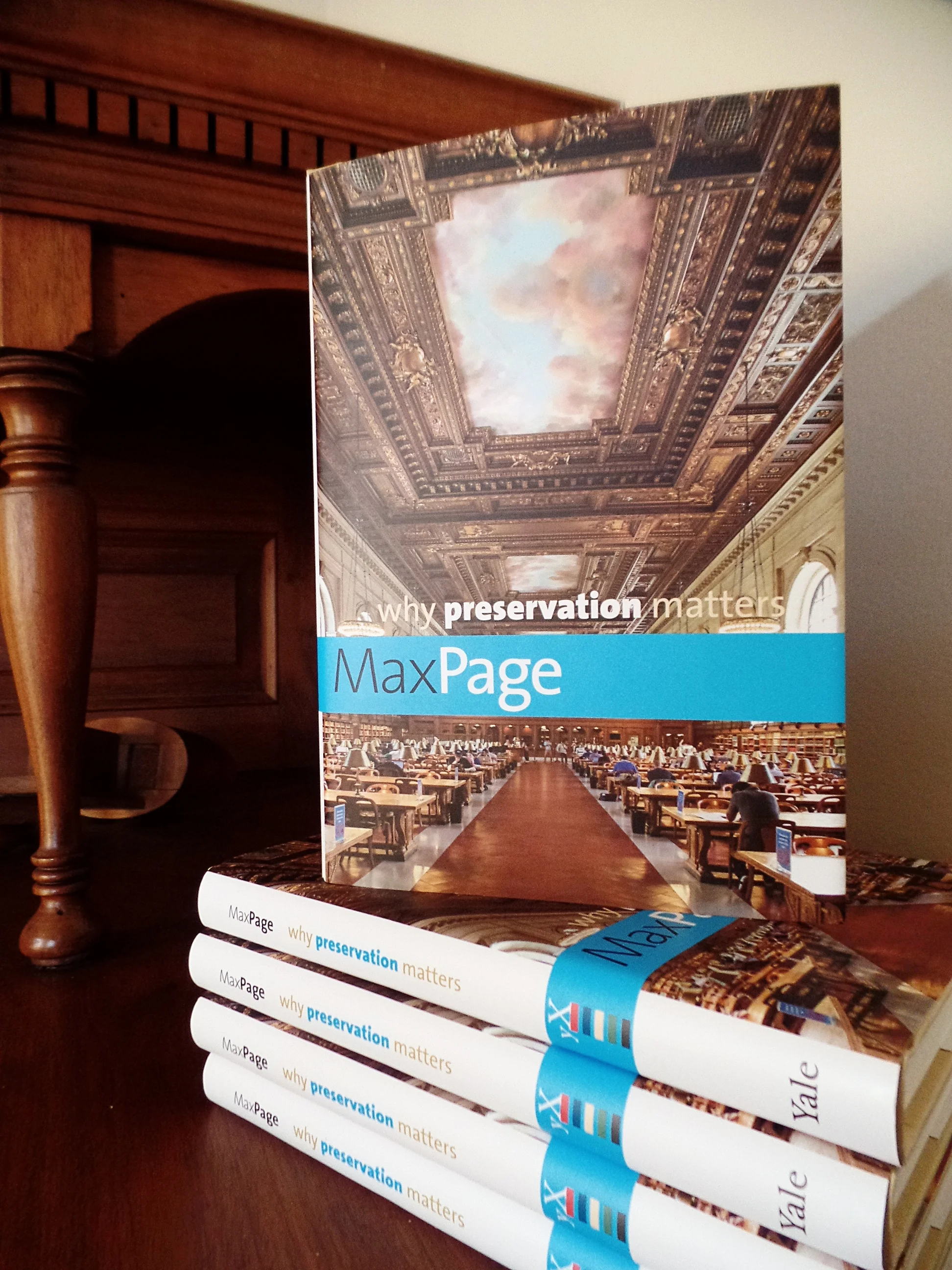From the mid 19th century onward the neighborhood on Lafayette and Merrill Streets was home to a number of Portland’s black residents, many of whom worked on Portland’s waterfront or in nearby businesses. While some black residents were native to Maine, many were from Canada, particularly from Nova Scotia. Others came to Portland from Guadaloupe, Jamaica, Cape Verde, West Indies, Portugal, and other states like North Carolina, Virginia, New York, Wisconsin, and Georgia. The men worked as seaman, waiters, janitors, stewards, cooks, clerks, hotel porters, house painters, and laborers. While many women stayed home, others worked as laundresses, seamstresses, housekeepers, and elevator operators.





